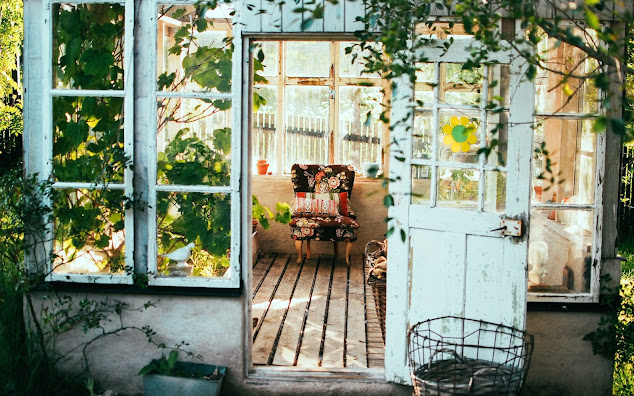The Durability, Comfort and Beauty of Hardwood Flooring
Hardwood flooring is one of the most popular choices for homeowners, building contractors, and interior designers alike. It combines durability and wear-resistance with comfort and warmth for a timeless look. The wide range of wood species, colours, grains, and patterns allow for a personalized touch in any space. But how do you choose the best hardwood flooring for your home or project? This blog post will take a closer look at the most popular wood species and sawing methods to help you make an informed decision that will last a lifetime.
First, let's talk about the most popular wood species for flooring: oak, maple, birch, and cherry. Oak is by far the most common because it is strong, durable, and has a distinct grain pattern that adds character to any room. Maple is a close second with a more consistent grain pattern and lighter colour. Birch is known for its hardness and warm, reddish-brown tone, while cherry has a stunning deep red color with more subtle grain patterns. Ultimately, the choice of wood species will depend on personal preference, budget, and the intended use of the space.
Next, it's important to consider how the wood is sawn, as this affects both its appearance and wear-resistance. Plain-sawn flooring (also called Rift) has noticeable grain patterns that can add visual interest but can wear unevenly over time. Quarter-sawn flooring (also known as edge or vertical grain – quarter) has a more even grain pattern and is generally preferred for better wearing qualities under hard usage. Rift and quarter sawn flooring is available in all species of wood.
When it comes to thickness, 3/4” wood floor is the most common and recommended thickness for solid hardwood flooring. It can be sanded up to six times in its lifetime, making it a long-lasting investment. Although thinner profiles are available, thicker profiles may also be required to meet code requirements or match existing floor thicknesses.
When choosing a finish for your hardwood flooring, you have the option of a natural or stained finish. Natural finishes showcase the wood's natural colour and grain pattern while stained finishes can provide a unique look to complement the design aesthetic. Both options have their advantages depending on the use and desired style.
Lastly, installation is a critical component of the hardwood flooring process. It's important to use an experienced and reputable installer to ensure the right subfloor preparation, acclimation, and installation techniques are used. This will help achieve the best possible results with your hardwood flooring investment.
In conclusion, hardwood flooring offers durability, comfort, and beauty that suits any design style. The choice of species, sawing method, thickness, finish, and installation can make a significant difference in the outcome of the final look and durability of the floor. Whether it's for a residential or commercial space, hardwood flooring adds value and appeal that lasts for decades. Use the information in this blog post to make an informed decision that will bring you years of enjoyment and satisfaction in your space. Or, you can seek advice and installation from trusted professionals:
https://robarflooring.ca/installation/
https://robarflooring.ca/refinishing/
https://robarflooring.ca/services/
https://robarflooring.ca/hardwood-flooring-in-toronto/
https://robarflooring.ca/hardwood-flooring-in-mississauga/
https://robarflooring.ca/hardwood-floor-sanding-and-recoating/
https://robarflooring.ca/professional-hardwood-floor-repair/
https://robarflooring.ca/hardwood-stairs-installation/
Photo by Phil on Unsplash




Comments
Post a Comment